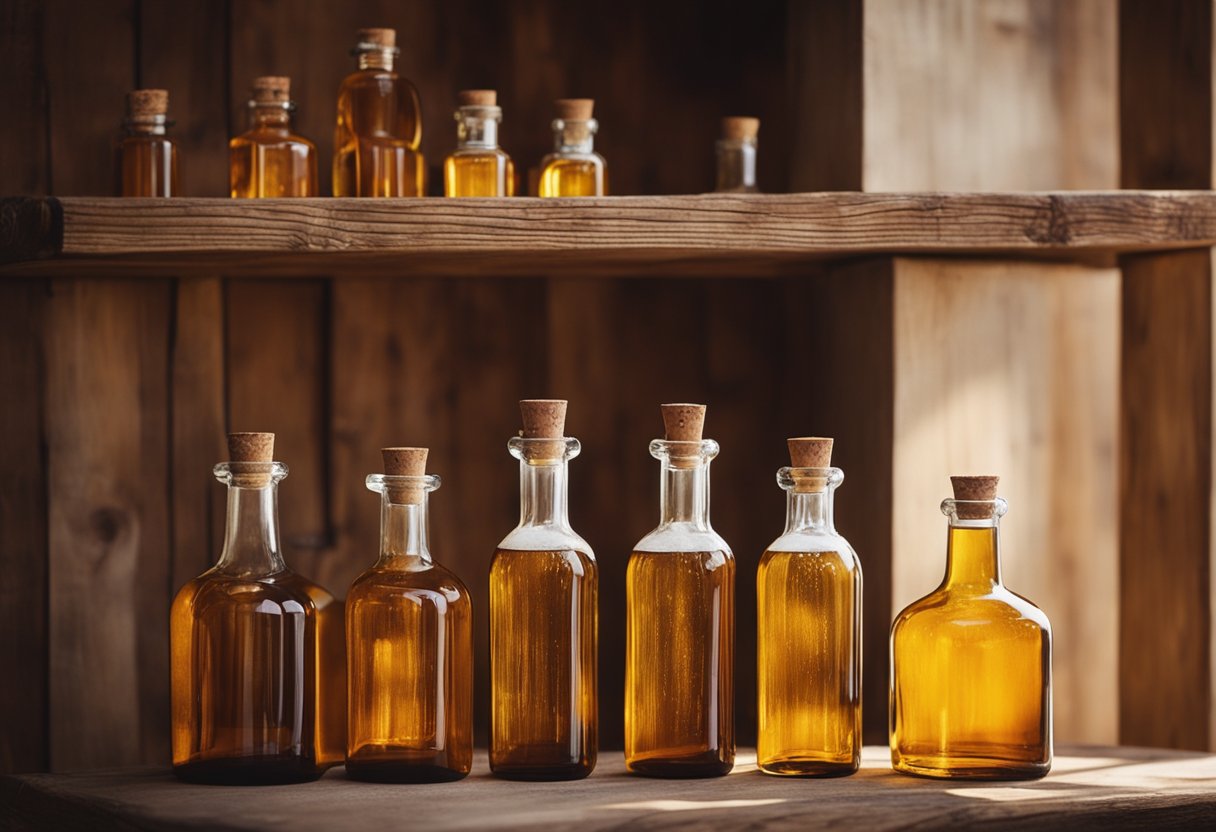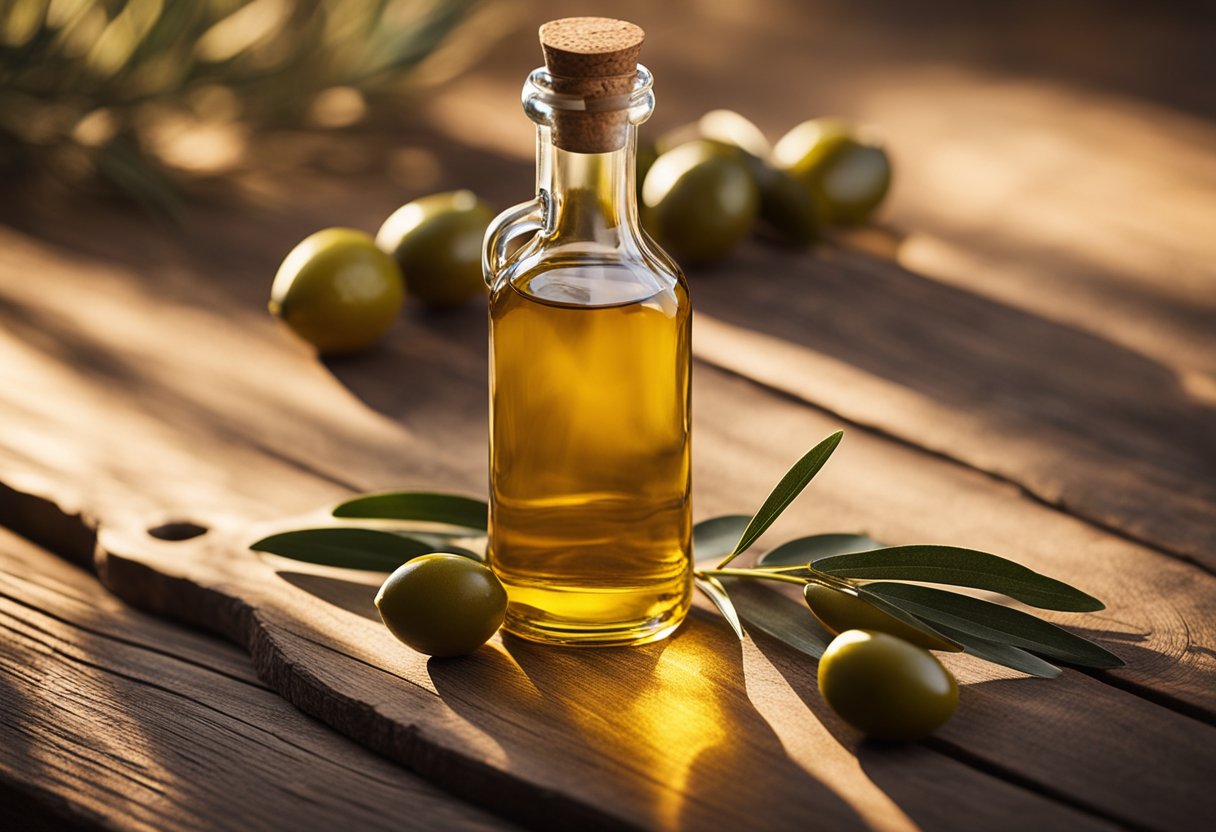If you’re a fan of ketchup, you know how important it is to have the perfect ketchup bottle. The right bottle can make all the difference when it comes to getting the right amount of ketchup on your food. From classic glass bottles to modern squeeze bottles, there are many options to choose from.

One of the most iconic ketchup bottles is the classic glass bottle. These bottles have been around for decades and are still a favorite among many ketchup lovers. They are perfect for family meals, barbecues, and gatherings, ensuring everyone gets a taste of the ketchup magic. Glass bottles are also great for those who prefer a more traditional look and feel.
Another popular option is the squeeze bottle. These bottles are perfect for those who want more control over how much ketchup they use. They are also great for restaurants and food trucks, as they are easy to use and clean. Squeeze bottles come in a variety of sizes and shapes, so you can find the perfect one for your needs. Whether you prefer glass or plastic, there is a squeeze bottle out there for you.
History of Ketchup Bottles

Ketchup bottles have come a long way since the condiment’s inception. Over time, the design of ketchup bottles has evolved to make it easier to use, store, and transport the condiment.
Early Designs
The first ketchup bottles were made of glass and had wide mouths, making it difficult to control the amount of ketchup that came out. The bottles were also prone to breaking, which made them unsuitable for travel.
In the late 1800s, the first patented ketchup bottle was invented by H.J. Heinz. The bottle had a narrow neck and a flat bottom, which made it easier to store and transport. The bottle also had a unique design that allowed the ketchup to flow more easily, which made it easier to dispense.
Industrial Advancements
In the early 1900s, ketchup bottles began to be produced on an industrial scale. This allowed for more consistent bottle designs and increased production efficiency. The introduction of plastic bottles in the mid-20th century made ketchup even more convenient to use and store.
Today, ketchup bottles come in a variety of shapes and sizes, including squeeze bottles, upside-down bottles, and even packets. The design of ketchup bottles continues to evolve, with manufacturers always looking for ways to make the condiment more accessible and user-friendly.
Overall, the history of ketchup bottles is a testament to the ingenuity of designers and manufacturers who have worked to make the condiment more convenient and enjoyable to use.
Materials and Manufacturing

Glass Bottles
In the past, ketchup was commonly packaged in glass bottles. Glass bottles have the advantage of being reusable and recyclable, which is good for the environment. However, glass bottles are more expensive to produce than plastic bottles, and they are also heavier and more fragile. Glass bottles can break easily, which can cause injury and create a mess. If you prefer glass bottles, you can find them in specialty stores or online retailers.
Plastic Bottles
Today, most ketchup is packaged in plastic bottles. Plastic bottles are cheaper to produce than glass bottles, and they are also lighter and more durable. Plastic bottles are less likely to break than glass bottles, which makes them safer to use. However, plastic bottles are not as environmentally friendly as glass bottles. Plastic bottles are made from petroleum, which is a non-renewable resource. Plastic bottles can also take hundreds of years to decompose, which can harm the environment. If you prefer plastic bottles, you can find them in most grocery stores.
Production Process
The production process for ketchup bottles varies depending on the type of bottle. Glass bottles are made by heating sand and other materials to a high temperature, which melts the materials and forms glass. The glass is then shaped into bottles using molds and cooled. Plastic bottles are made by melting plastic pellets and molding the plastic into bottles. The plastic is then cooled and trimmed to the desired shape.
After the bottles are made, they are filled with ketchup using a filling machine. The ketchup is heated and mixed with vinegar, sugar, and other ingredients to create the desired flavor. The filled bottles are then sealed and labeled with the brand name and other information. The bottles are then packaged and shipped to stores for sale.
Overall, the materials and manufacturing process for ketchup bottles has evolved over time to meet the changing needs of consumers. Whether you prefer glass or plastic bottles, you can find a variety of options to choose from.
Design and Ergonomics

When it comes to ketchup bottles, design and ergonomics play a crucial role in ensuring that the product is easy to use and convenient for consumers. Here are some key factors to consider:
Shape and Size
Ketchup bottles come in a variety of shapes and sizes, each with its own advantages and disadvantages. Some bottles are tall and thin, while others are short and wide. The shape of the bottle can affect how easy it is to grip and hold, as well as how stable it is when placed on a table or countertop.
In terms of size, larger bottles may be more cost-effective for families or restaurants, while smaller bottles may be easier to handle and store. It is important to strike a balance between size and convenience, taking into account the needs of different consumers.
Dispensing Mechanisms
Ketchup bottles can be designed with a variety of dispensing mechanisms, each with its own benefits and drawbacks. Some bottles have a wide opening at the top, allowing for easy pouring or scooping with a spoon. Others have a narrow spout for controlled dispensing, which can be helpful for portion control or precision.
Another popular dispensing mechanism is the squeeze bottle, which allows for easy and mess-free dispensing. Squeeze bottles are particularly popular for condiments like ketchup, mustard, and mayonnaise, as they can be easily stored upside down to ensure that the product is always ready to dispense.
Ultimately, the design and ergonomics of a ketchup bottle can make a big difference in how easy it is to use and enjoy. By considering factors like shape, size, and dispensing mechanisms, manufacturers can create a product that meets the needs of a wide range of consumers.
Branding and Marketing
Label Design
The label design of a ketchup bottle plays a crucial role in attracting customers. According to TPG Brand Strategy, Heinz has been using its signature red and white label for over 150 years. The iconic branding and packaging have become some of the most recognizable logos worldwide. The glass ketchup bottle design has been unchanged for decades, and the design has become central to the brand’s identity. Heinz has even used images of its primary packaging, the ketchup bottle, on its foil ketchup packets, which is a heritage and authenticity play.
Brand Differentiation
Brand differentiation is essential in the highly competitive ketchup market. According to The Brand Hopper, Heinz has been using its iconic branding and packaging as a marketing strategy for over 150 years. The company’s signature red and white label and glass ketchup bottle design have become some of the most recognizable logos worldwide. The brand’s marketing campaigns have also been creative and engaging. For instance, Heinz’s “Art of the Burger” campaign was designed to engage its Instagram followers by using a hashtag contest format.
In conclusion, Heinz’s branding and marketing strategy have been successful in differentiating the brand from its competitors. The iconic branding and packaging have become some of the most recognizable logos worldwide, and the glass ketchup bottle design has become central to the brand’s identity. The brand’s marketing campaigns have also been creative and engaging, which has helped to attract and retain customers.











